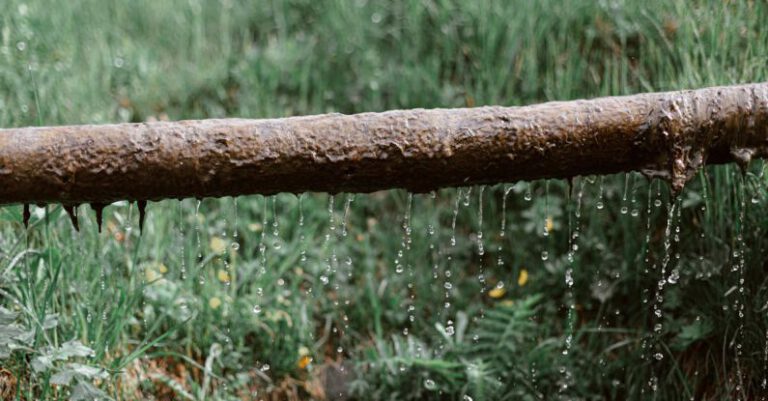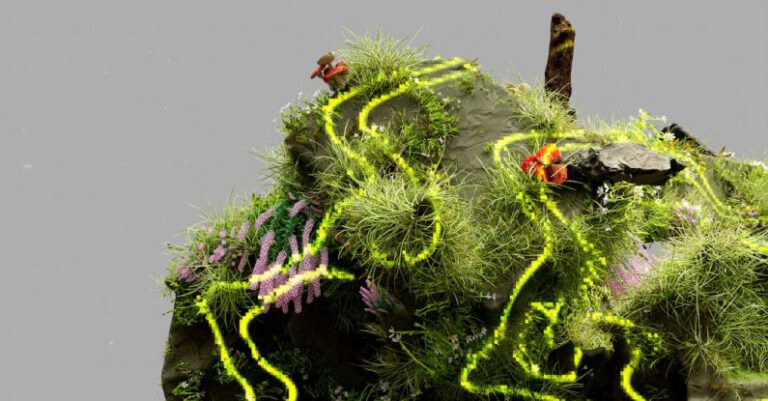Can Installing a Green Roof Reduce Energy Costs?
In the quest for sustainable living and energy efficiency, green roofs have emerged as a popular solution for both residential and commercial buildings. These innovative roofing systems, also known as eco-roofs or living roofs, are designed to support vegetation and provide a range of environmental benefits. One key question that often arises is whether installing a green roof can truly reduce energy costs. Let’s explore the potential impact of green roofs on energy consumption and whether they are a worthwhile investment for property owners.
Energy Efficiency of Green Roofs
Green roofs are known for their ability to improve energy efficiency in buildings by acting as natural insulators. The vegetation and soil on the roof help regulate indoor temperatures by providing an additional layer of insulation. During hot summer months, green roofs can reduce the heat island effect in urban areas by absorbing sunlight and reducing the need for air conditioning. Conversely, in colder months, green roofs can help retain heat, reducing the demand for heating systems.
Reduced Cooling Costs
One of the most significant benefits of green roofs is their ability to lower cooling costs. Traditional roofs can absorb and retain heat, leading to increased indoor temperatures and higher reliance on air conditioning. In contrast, green roofs absorb solar radiation and release it back into the atmosphere through evapotranspiration, reducing the need for mechanical cooling. Studies have shown that green roofs can reduce indoor temperatures by several degrees, resulting in lower energy consumption for cooling purposes.
Insulation Properties
The insulation properties of green roofs play a crucial role in reducing energy costs. By providing an additional layer of thermal protection, green roofs help maintain a more stable indoor temperature throughout the year. This can lead to lower energy bills for heating and cooling, as the building requires less energy to maintain a comfortable environment. In colder climates, green roofs can also help prevent heat loss through the roof, further contributing to energy savings.
Stormwater Management
In addition to improving energy efficiency, green roofs offer benefits in stormwater management. The vegetation and soil on green roofs absorb rainwater, reducing the amount of runoff that enters storm drains and sewers. By retaining and filtering rainwater, green roofs can help alleviate pressure on municipal water systems and reduce the risk of flooding. This dual function of green roofs in energy efficiency and stormwater management makes them a valuable asset for sustainable building design.
Long-Term Cost Savings
While the initial cost of installing a green roof may be higher than traditional roofing systems, the long-term cost savings can outweigh the upfront investment. By reducing energy consumption for heating and cooling, green roofs can lead to lower utility bills over time. Additionally, the extended lifespan of green roofs compared to conventional roofs can result in savings on maintenance and replacement costs. When considering the potential energy savings and environmental benefits, installing a green roof can be a cost-effective choice for property owners in the long run.
Environmental Impact
Beyond the financial implications, green roofs offer a range of environmental benefits that contribute to a more sustainable built environment. By promoting biodiversity, reducing urban heat island effects, and improving air quality, green roofs help mitigate the impact of buildings on the natural ecosystem. As cities grapple with the challenges of climate change and resource depletion, green roofs present a tangible opportunity to enhance urban sustainability and resilience.
In conclusion, the installation of a green roof can indeed reduce energy costs for buildings by improving insulation, lowering cooling needs, and providing long-term cost savings. Property owners looking to enhance energy efficiency, reduce environmental impact, and create a healthier indoor environment can benefit from incorporating green roofs into their building design. With the potential for significant energy savings and a range of environmental advantages, green roofs offer a compelling solution for sustainable building practices.






